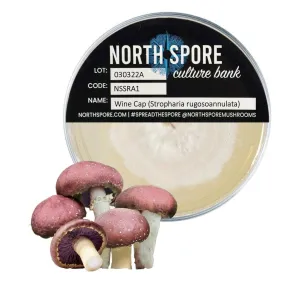Nameko (Pholiota nameko) is a popular cultivated mushroom in Japan. As they grow, they are covered in a layer of natural gelatin, which gives them a unique, almost shiny appearance.
When cooked, they have an earthy flavor with subtle fruit-like hints, and an aroma reminiscent of cashews and butterscotch. Nameko mushrooms need cooler temperatures and constant humidity when fruiting, and are not ideal for hot or dry climates.
Nameko can be difficult to cultivate and is ideal for advanced and enthusiast growers who have had some success growing other mushrooms.
Note: Aside from being kiln dried, our wooden dowels are not treated in any other way.
Ideal project size: Plug spawn is ideal for smaller projects of 1-10 logs, though some log cultivators will use them for larger projects.
Inoculation: On Logs - Prefers Log and Stump methods. Nameko produces mushrooms in the fall when cooler temperatures set in.
Difficulty: Advanced
Nameko mushrooms prefer cooler temperatures and need constant humidity when fruiting.
Cooking: Nameko is a lesser known culinary mushroom in the Americas, but it is used widely in East Asia. It has a gelatinous cap that can thicken soups and sauces and has an aroma that walks the line of being both fruity and earthy. Nameko mushrooms go well with dark green vegetables, red meats, and shallots, and are used traditionally in Japanese miso soups.
Properties: Mushrooms in the Pholiota genus have medicinal qualities that inhibit tumor and microbial growth. In one study conducted on lab mice, polysaccharides taken from Pholiota mycelium reduced the growth of cancerous tumors by about 60% (Ohtsuka et al., 1973). Acting as an antimicrobial, an extract of Pholiota was shown to inhibit the growth of bacteria including E. coli and Staphylococcus aureus (Dulger et al., 2004).

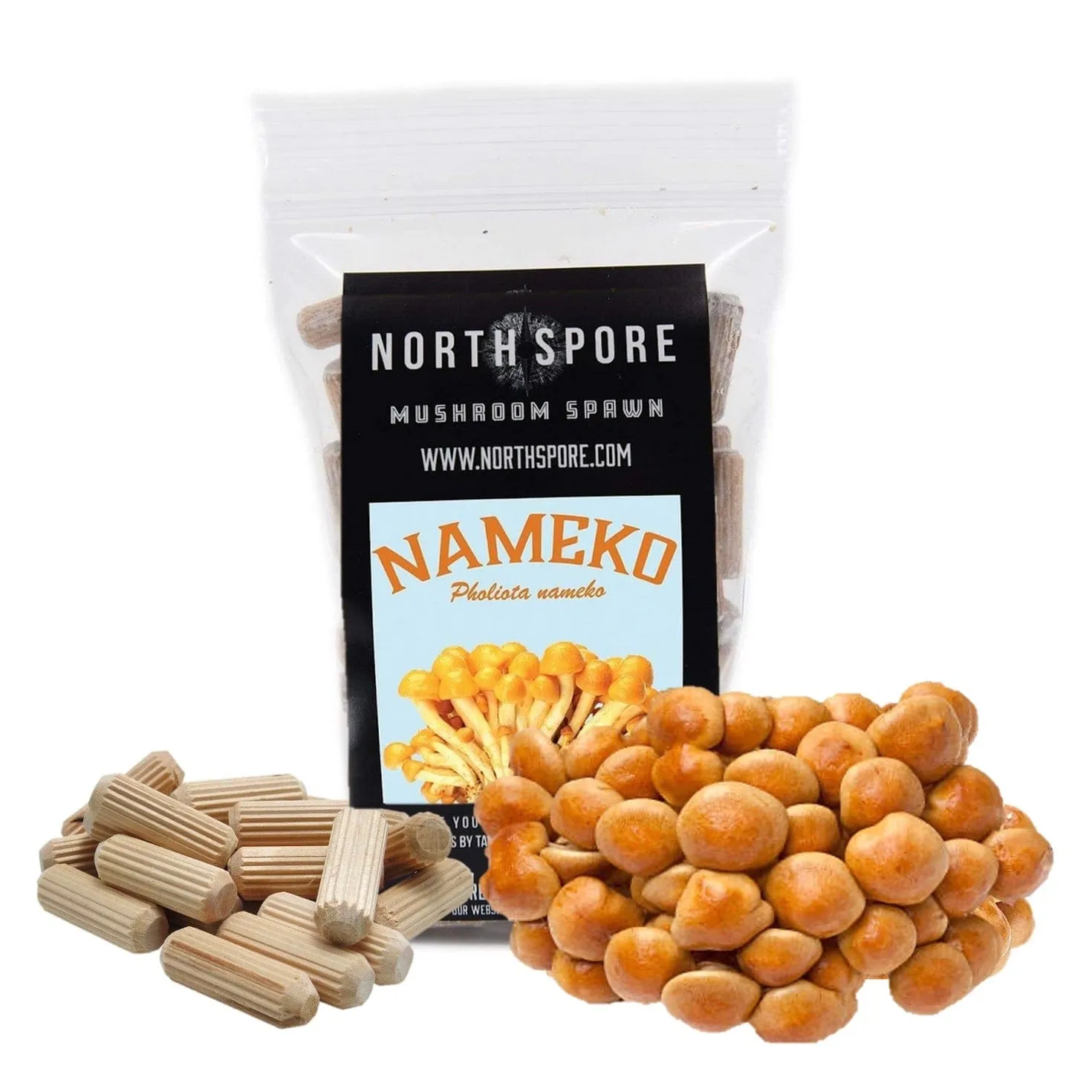
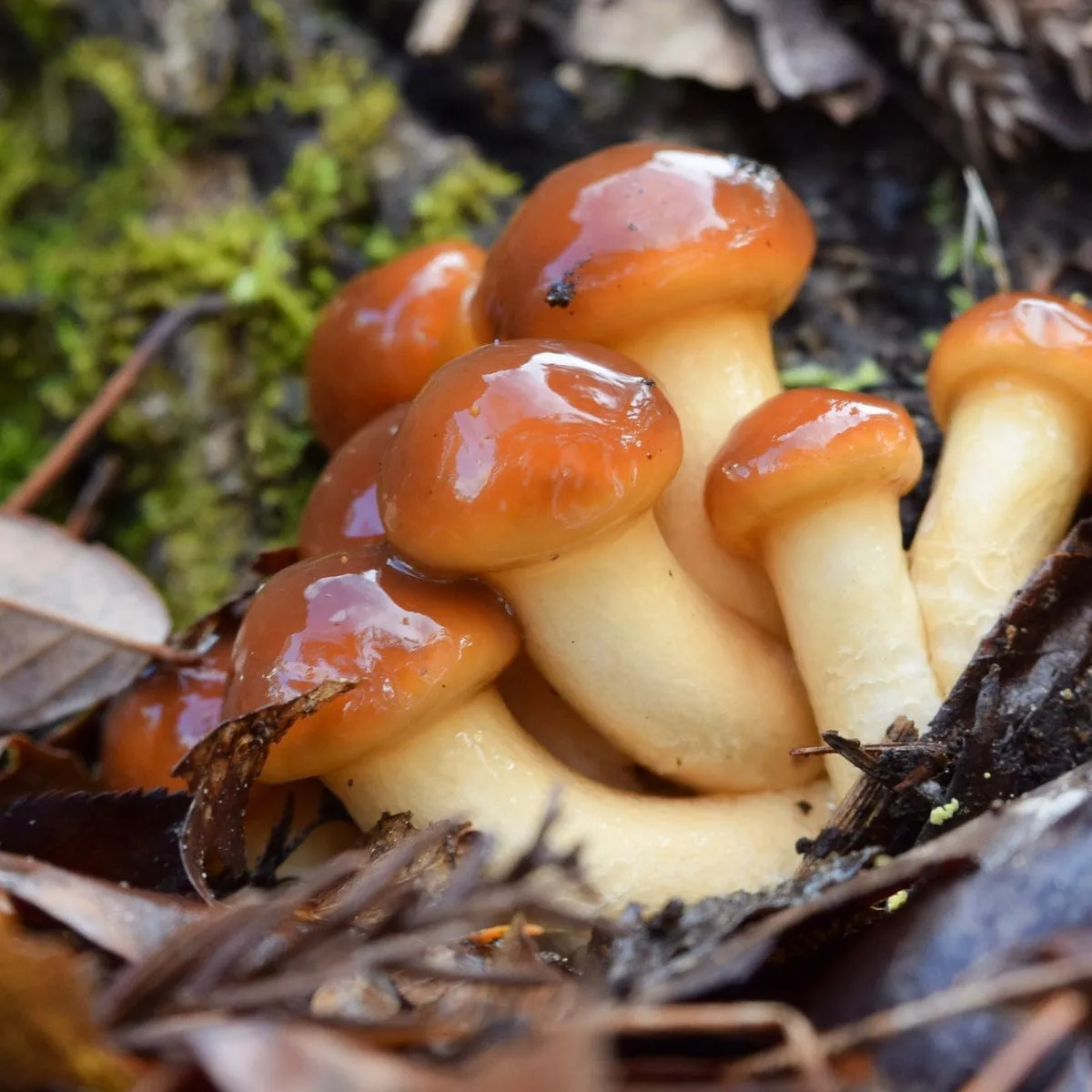
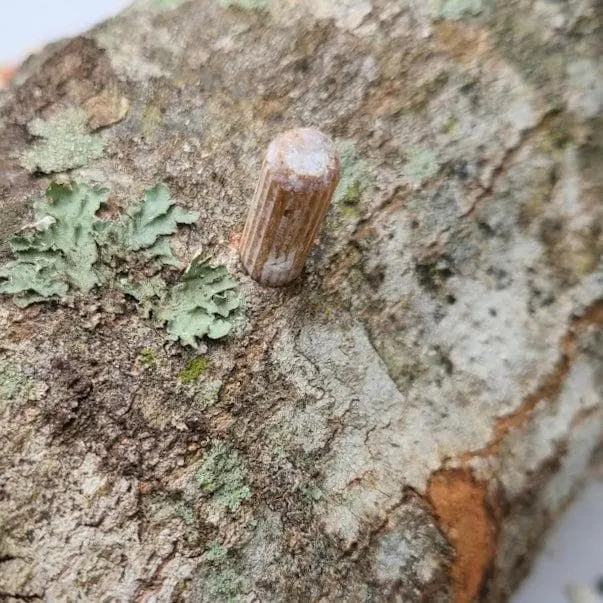
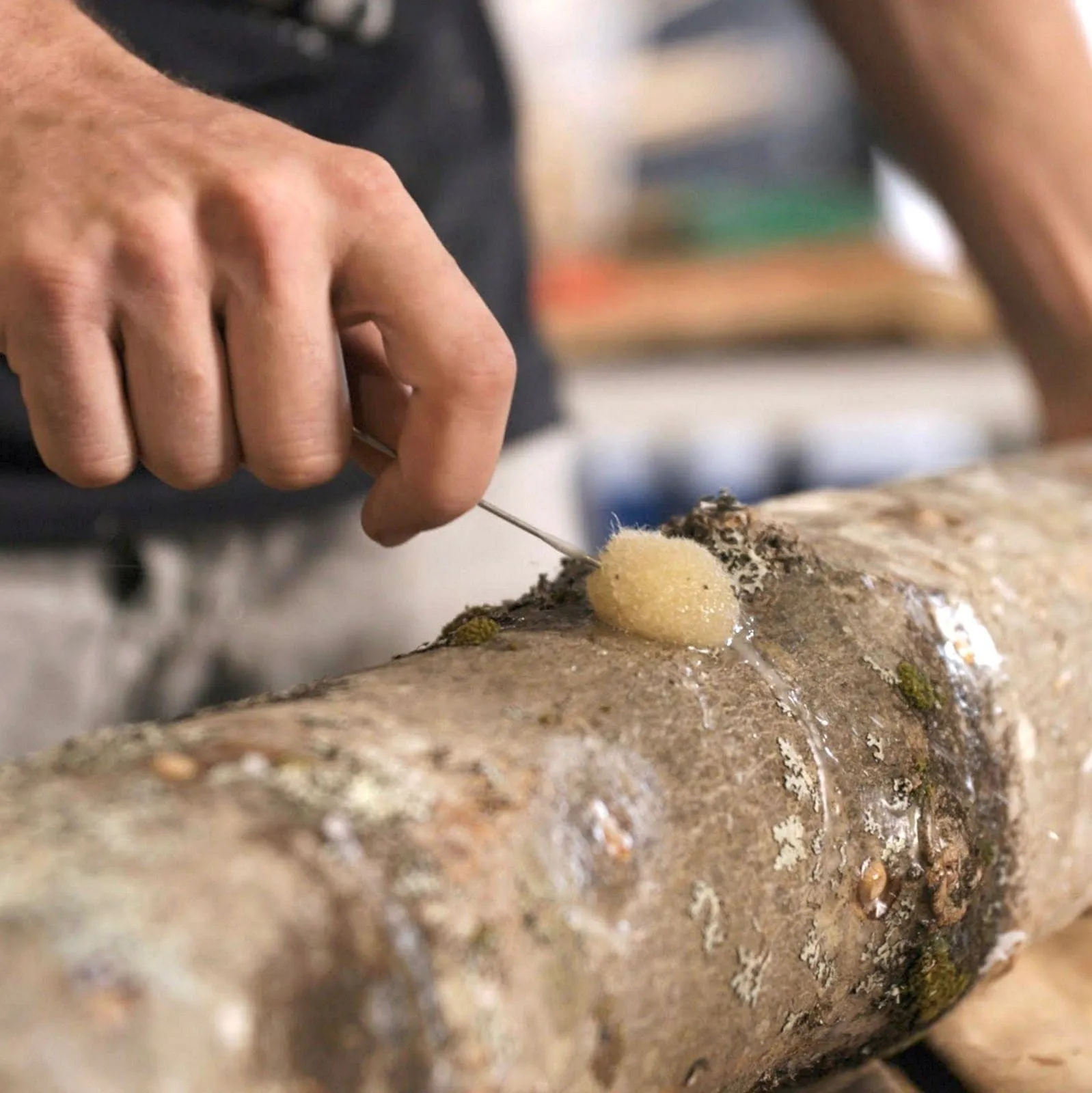
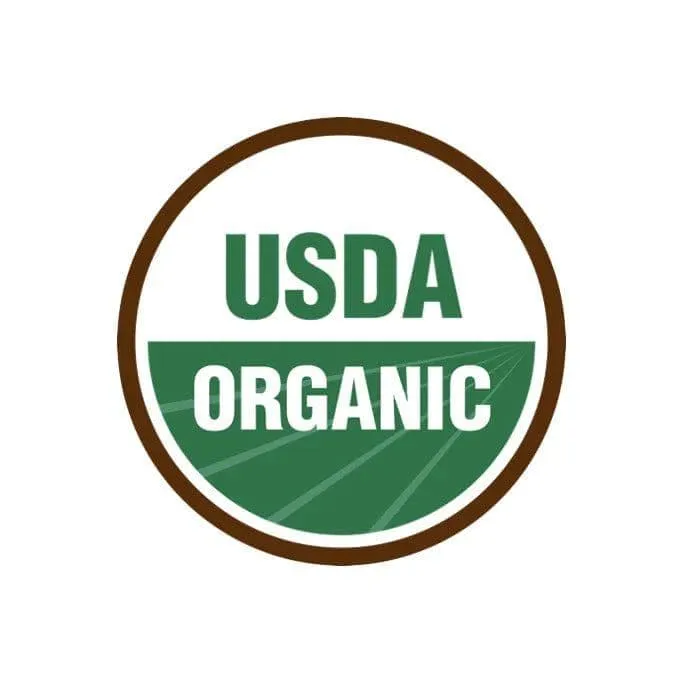
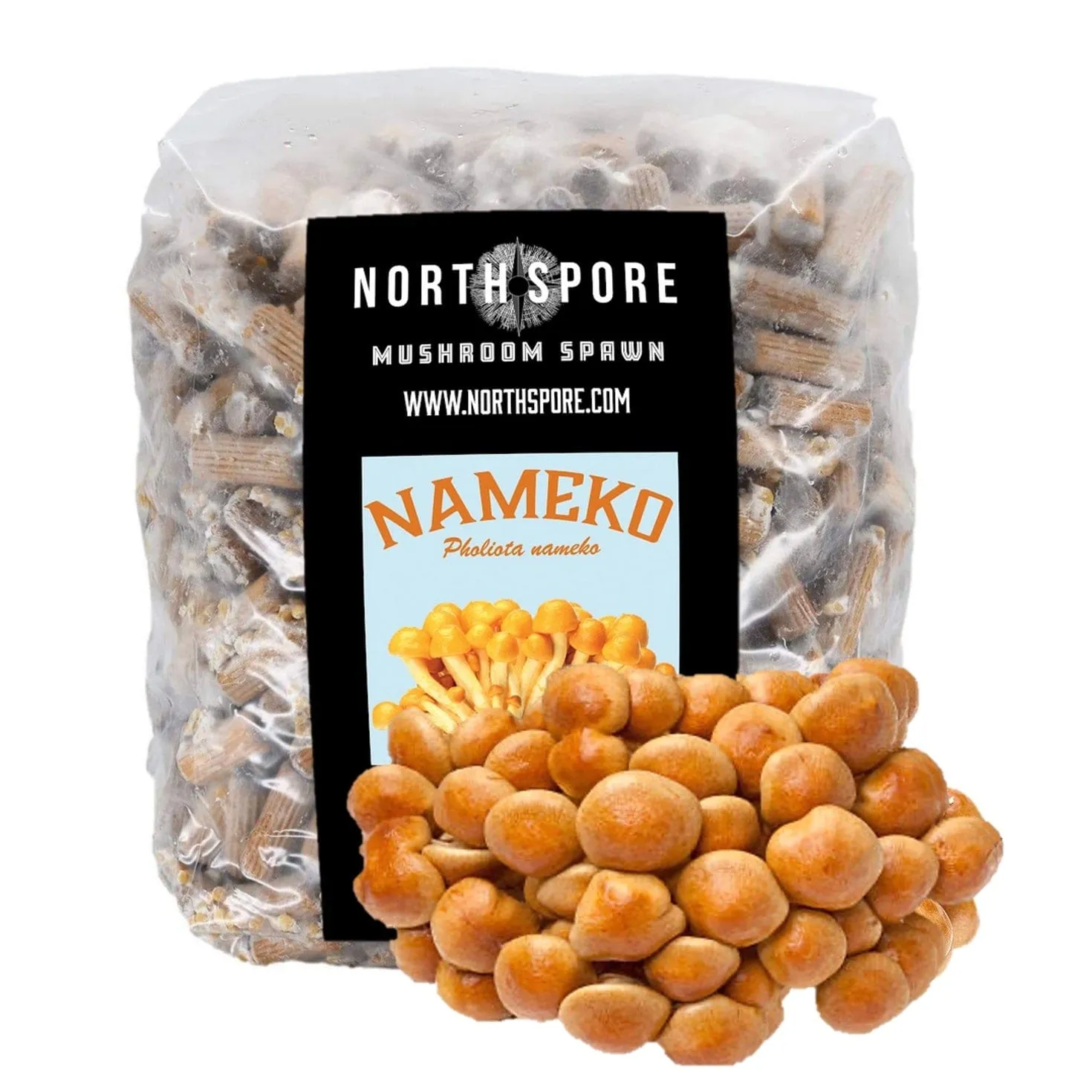





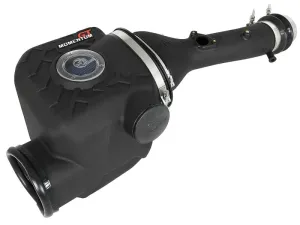
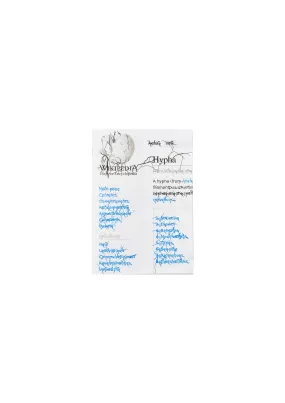
![Winona [Purple] | FLORAL DRESS Winona [Purple] | FLORAL DRESS](https://www.autumncenterr.shop/image/winona-purple-floral-dress_aEHoTg_300x.webp)
